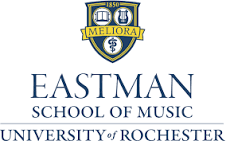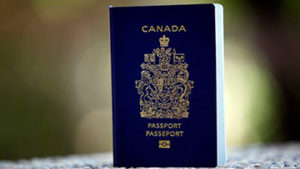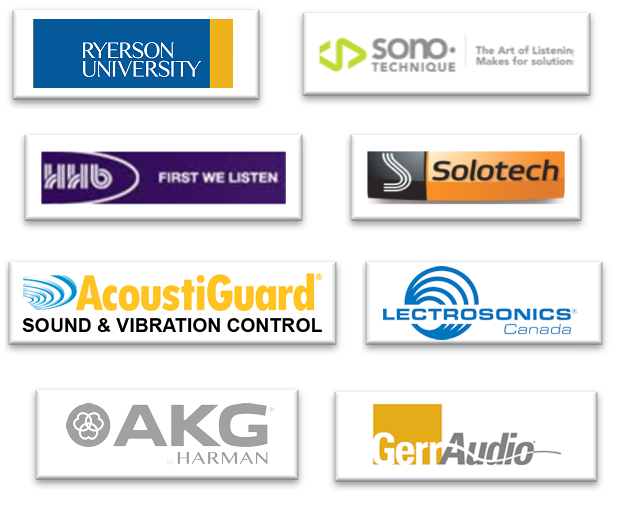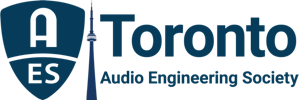Facility Tour & Retrospective of the Summer Recording Institutes 1968 – 1986
When: Saturday, April 23, 2016
Time: 11:00am – 5:00pm
Where: Eastman East Wing (EEW), Wolk Atrium
Eastman School of Music
26 Gibbs St, Rochester, NY 14604, United States

About the Event
On Saturday April 23, 2016, the AES will hold a special day event at the Eastman School of Music, featuring:
- A tour of the school’s three concert/recital halls and their inter-connection to a sophisticated recording control facility.
- A retrospective of the famed Summer Recording Institute, with former students and teachers sharing their memories and impressions.
Rochester’s Eastman School of Music is distinguished as being one of the premier music conservatories in the world. Since it was established in 1921, their commitment to excellence has seen generations of graduates go on to achieve renown in the fields of Classical Music and Jazz.
What is not as well-known is the huge impact the School has had on the field of audio production resulting from their early adoption of recording technology for instructional and archival purposes.
Apart from amassing the largest archive of recorded music in the world, the School hosted a series of “Recording Institutes” from 1968 to 1986, in what could be considered the original Recording School.
Here, a generation of audio professionals, including such iconic names as Bob Ludwig, Phil Ramone and Mick Guzauski were able to explore the state of the art in audio technology and practice. Several members of the Toronto AES Section participated as students in these workshops and some, most notably Neil Muncy, served as instructors.
Our retrospective will include comments from recording institute alumni including
- Bob Ludwig
- David Greene
- Jim Anderson
- Paul Blakemore
- Dale Manquen
- Jim Cox
- Dixon van Winkle
- Mike Solomon
- Stephen Siegel
- Ross Ritchie
FYI Rochester is a part of the Toronto AES Section, and our current vice-chair is Rochester’s Alan Clayton.
The Retrospective streamed live from Eastman School of Music on Saturday April 23, 2016.
Meeting is Open To Everyone: Members and Guests Welcome.
Transportation: To and Fro
We have organized an on-line ride-sharing option, via a car pooling website service. Click on this eRideShare link.
eRideShare
- If you are a passenger looking for a ride, look at where it says “Rides Offered”; if a driver offering, look at “Rides Wanted”.
- Click on where it says “toraes” under the Contact/Member ID column, and you’ll be taken to a page where you can either log in, or create a new membership account. Membership is free and all that is needed is a user name, password and valid email address. The email address is verified by having the person respond to an email message.
- Once a person is registered and logged in, they can send a message with their particulars. Ride providers should indicate the time and place to meet up on the morning of the 23rd, and what their requirements will be for cost sharing. It is recommended that everyone’s passport be examined prior to departure – to insure minimal difficulties at the border.
- Once the message is received, a reply will be sent outlining further steps.
If you do not wish to use eRideShare,and you are planning to drive to Rochester yourself, and have room in your vehicle for one or a few extra passengers, please contact us directly, and we’ll see if we can put drivers and passengers together.
Handy Maps
Here are links to two handy, really useful, wise-to-download-them-you-are maps that will help you find parking and the meeting location:
Parking
Venue
Crossing to the US
Alan Clayton: Crossings are a crap shoot. Over the years I’ve found Queenston-Lewiston to be slower than the Peace Bridge. That being said, I exclusively use Queenston-Lewiston on my return trips, but I’m usually crossing so late at night that it doesn’t really matter! Some people swear by the rainbow bridge because of the absence of Truck traffic. DO NOT go to Whirlpool bridge, it is exclusively for NEXUS users; if you don’t have a NEXUS card you will be turned away.
REMEMBER YOUR PASSPORT
Valid passports are required to get through the border.

This Meeting is Sponsored by…

Fulcrum Acoustic
Toronto AES Appreciates the Continuing Support of



Another “unsung” hero of the audio world. Like the Audio Research Group we profiled two years ago, the Eastman Summer Institute had a pivotal impact on the audio world during the course of its tenure that is not often recognized. Audio engineers like Bob Ludwig and Jim Anderson changed the focus of their careers as a result of their experiences at Eastman, and their impact on the audio world is well-recognized.
The Toronto AES is partnering with the Eastman School of Music in presenting this retrospective and our hope is that by highlighting this period of history, we will draw attention and recognition to Eastman for the role it played, even if inadvertently, in the development of the audio industry.
“I was about to mix a recording of an arranging student’s composition and had all the faders set to 0db to preview the piece. Val Valentin came in and asked why the faders were at 0 db, which I explained.
Val replied ‘There’s a musician coming through that door soon. You ever hear a f…ing musician say “Turn that down’? We started mixing at about -5db instead, which kept just a little headroom.”
-Jim Cox (AES Exec Ex-Officio) – attended Eastman Summer Recording Institute 1984
Note: Val Valentin (https://en.wikipedia.org/wiki/Val_Valentin, Count Basie, Ella Fitzgerald, Buddy Rich, etc) was on the Adjunct Faculty, Eastman School of Music
I broke into a cold sweat watching Ross Ritchie edit a 2 inch 24 track tape because the conductor was a hair late coming in on a punch-in, with a slight change in tempo. Cutting a little off in either direction would trash the tape. Ross nailed with an inaudible cut. Small things make a master.
-Jim Cox (AES Exec Ex-Officio) – attended Eastman Summer Recording Institute 1984
“I have many fond memories of my time at Eastman and would be happy to share them with the group.
I was the first from NPR to attend [the Eastman] summer program. The time there made such an impression on me, they decided that it would be a good thing if more of the staff attended.
My teachers at the time were Neal, Ed Greene, Sid Feldman, Ross, Val Valentine, and Manny Albam. I still have my note book with notes from all of my classes. Neil’s classes were especially informative.”
-Jim Anderson
President of the AES, 2008-2009, Jim is an internationally recognized recording engineer and producer of acoustic music. He is the recipient of numerous awards and nominations. His recordings have received ten Grammy awards and 26 Grammy nominations; radio productions have received two George Foster Peabody Awards and there have been two Emmy nominations for television programs. He is also a professor in the Clive Davis Department of Recorded Music at NYU and was the Chair of the department for four years.
“I was Phil Ramone’s de facto assistant for the workshop and at the end he asked me if I wanted to come work with him in New York at A&R and I did, and I went!
One of the students there was Jack Richardson who went on to produce The Guess Who, Alice Cooper and many others.”
-Bob Ludwig, mastering engineer, Gateway Mastering Studios
Grammy winning mastering engineer Bob Ludwig graduated from the University of Rochester’s Eastman School of Music. While studying at Eastman, Bob worked several years in the school’s Recording Department and as he was finishing work on his Master’s degree during a summer session, engineer and producer Phil Ramone came to Eastman and conducted Eastman’s first Summer Session recording workshop where Bob assisted him. After the workshop, Phil hired Bob to work at his A&R Recording Studios in New York City.
The rest, as they say, is history.
I was there in the mid-70’s. Not sure if at the time I knew how to take full advantage of what was on offer. But I did get pointed in the right direction and still to this day refer to my notes. Teachers at that time were Ross Ritchie, Neil Muncie, Sid Feldman, Walter Jung, Mel Sprinkle, and Hugh Davies. I still remember Hugh, in answering a question about where’s the best place to mic a piano, saying “ get up and LISTEN to where it sounds best!” Words I still repeat to my students – with credit given to Hugh Davies.
Kevin W Herring